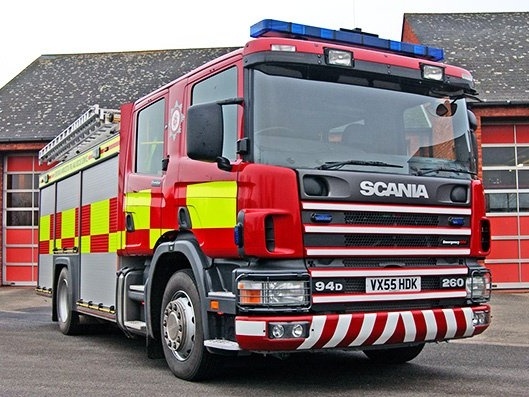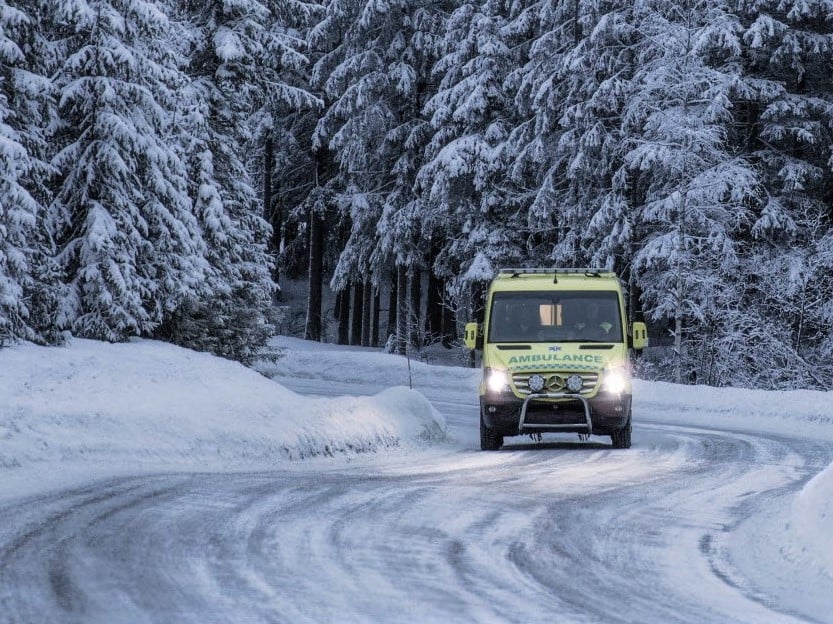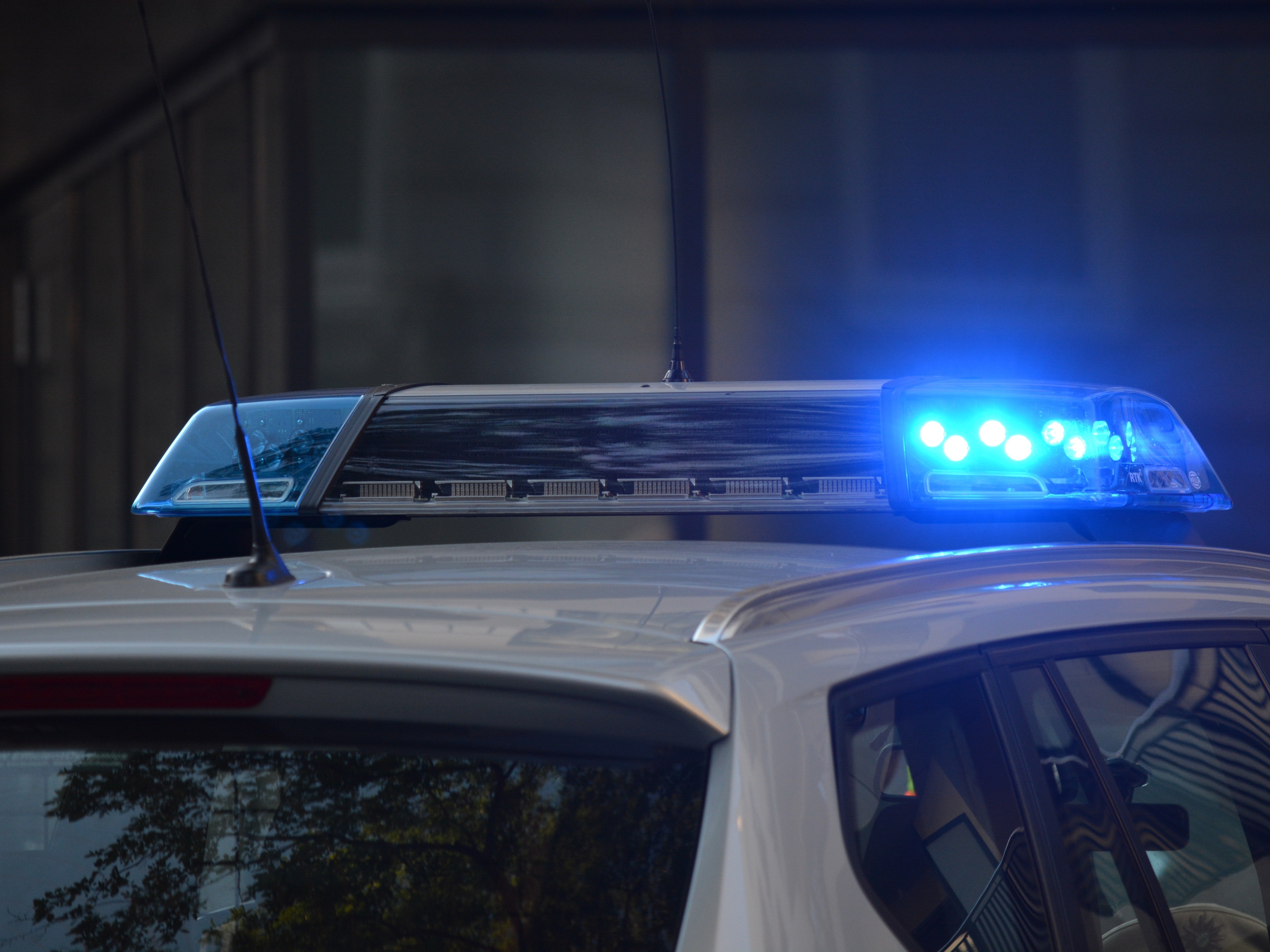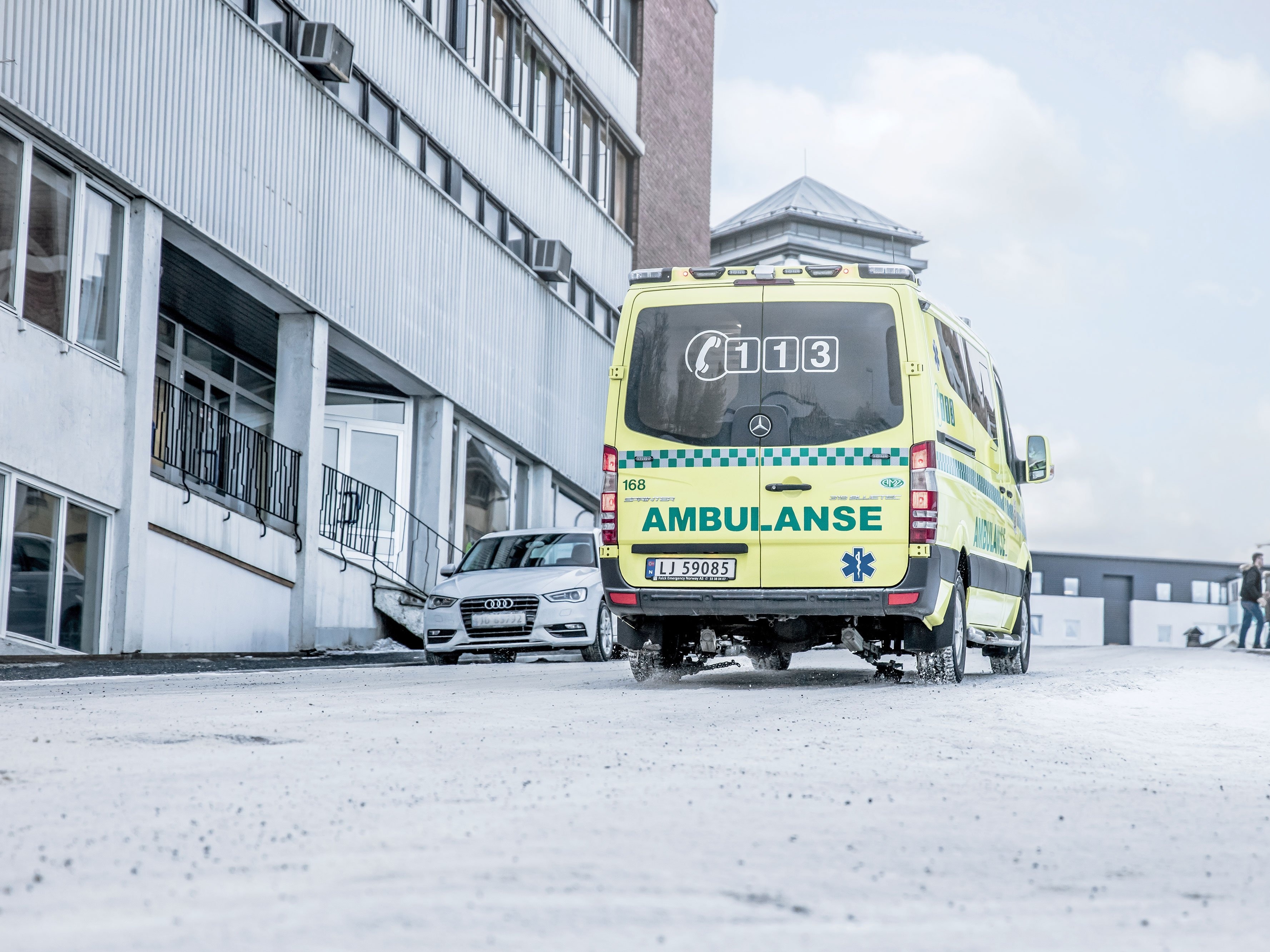A common conception of a rescue operation is the fire. At a big fire, an ordinary person can do nothing but make an alarm and possibly warn others, then await fire trucks with skilled fire-fighters using the right equipment to put out the fire. Here, the public is entirely dependent on the rescue team and their operation. However, there are situations when the professional rescuers are not first in line, but instead, public acting is crucial for saving lives. Here is why seconds may count.
: Rescue Driving (3)
×Is 4x4 enough to keep your vehicle safe?
Ulrik Andersson, May 23, 2019
When purchasing a new vehicle, 4x4 is a common option to consider. No wonder, it’s a familiar and well-tried solution with good features for safer driving – but it’s easy to ignore its weaknesses believing there’s no better alternative. However, when reflecting on those situations where traction is really crucial for your operations, you may conclude that 4x4 is not the perfect solution, but rather a compromise. Learn more here.
Considerations for today's ambulance
Leonard D'Orlando, May 16, 2019
Safety first, never last: The ambulance of today is a sophisticated machine and whether new or reconditioned its primary goals is crew and patient safety. Here are some things to consider when looking at a new ambulance or making updates to an existing one
Safe winter driving – 5 Tips to improve your driving in harsh conditions
Thomas Ancart, December 13, 2018
It happens every year and every year it surprises us, catching us off guard. We are, of course, talking about the winter season and the host of winter weather problems it brings.
Slippery roads – traction aid in non-winter conditions
Ulrik Andersson, November 1, 2018
The automatic snow chains are genius when you encounter adverse road conditions in the colder seasons. With just a flip of a switch you have instant traction added so that you can get up in speed or if you need to stop, you get improved braking power. But what about the rest of the year, when you are not in the winter season? In the middle of the summer or in autumn?
Rescue Driving: The Keys to Reduced Response Time
Eric Jones, October 6, 2018
In rescue operations the time required to arrive on site from the moment of the first call is a critical measure of effectiveness. First responders work tirelessly to reduce response time which means more lives are saved and injuries can be tended to before they become life threatening.
Rescue Drivers; How to be Efficient in Winter
Lucas Gulino, August 23, 2018
In your profession, driving a vehicle is not just a mode of transportation, it’s one of the tools that allows you to save lives. As such, your vehicle must be equipped with the best equipment to get the job done.
Why Response Time Must be Reduced
Leonard D'Orlando, August 3, 2018
One of the measures of effectiveness in rescue operations is ‘response time’. Naturally, in emergency situations, achieving the shortest response time possible is crucial for saving lives or property in danger. Therefore, a lot of time and effort are put into reducing response times. But what is actual response time?
How does Onspot Help Law Enforcement?
Ulrik Andersson, May 31, 2018
Federal, state and local law enforcement departments are equipped to respond to calls for service no matter the time of day, weather or terrain. As with their fellow first responders, law enforcement officers must arrive “on scene” safely and in a timely manner. Learn more here
How & when Onspot helps you?
Lucas Gulino, May 24, 2018
You must have control of your vehicle whatever situation you find yourself. Let’s review together how Onspot will get you out of difficult situations.

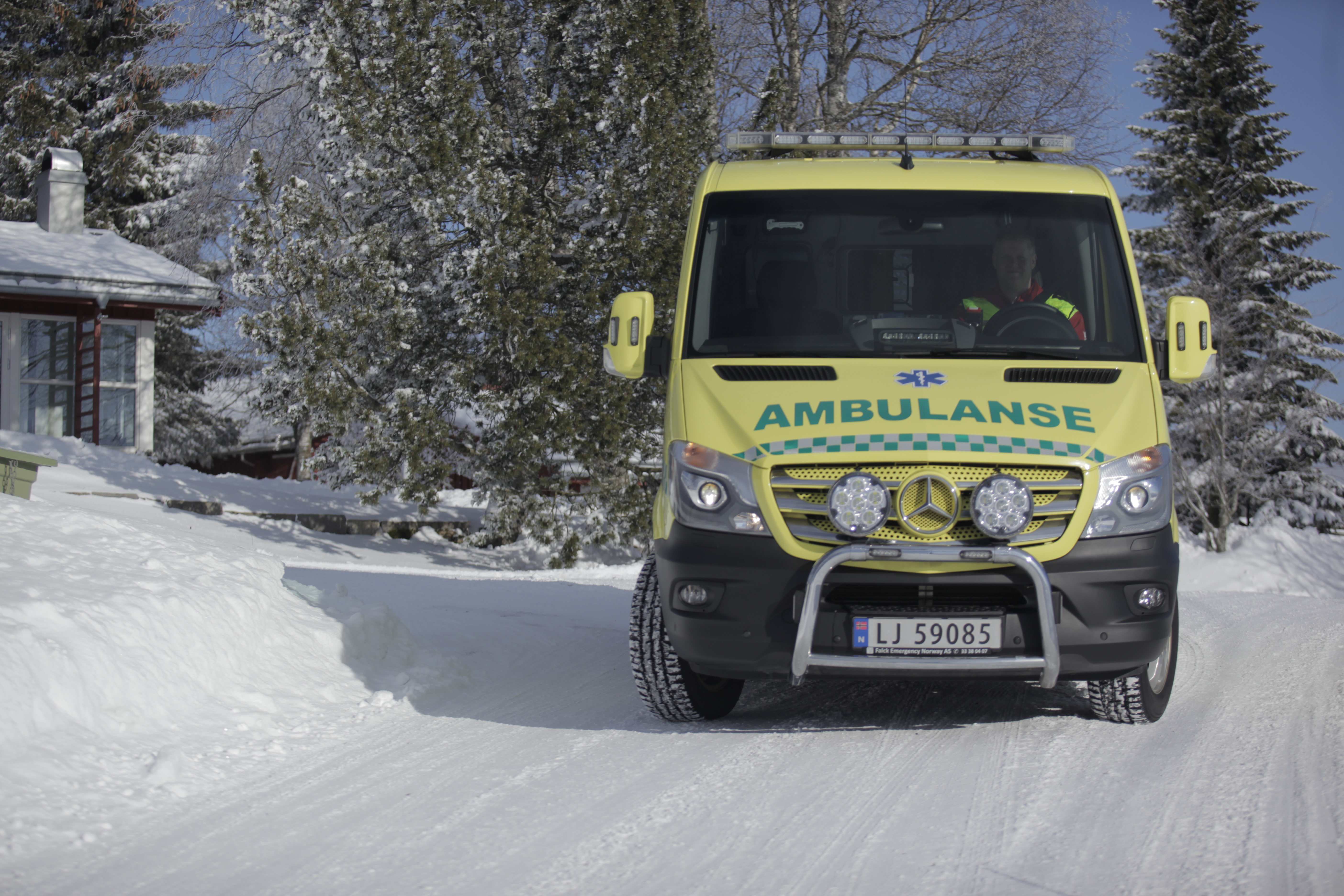
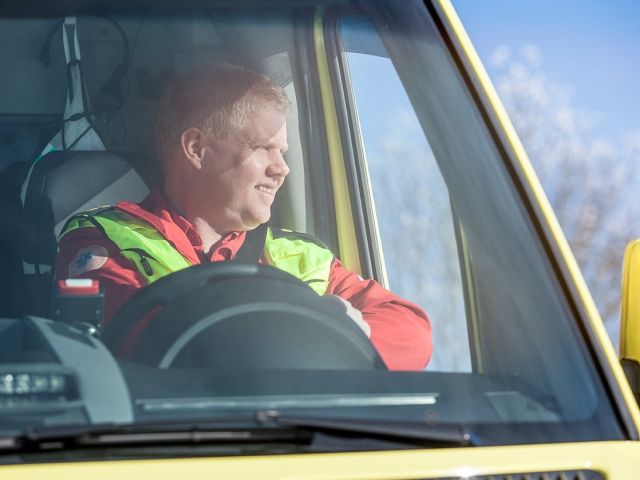
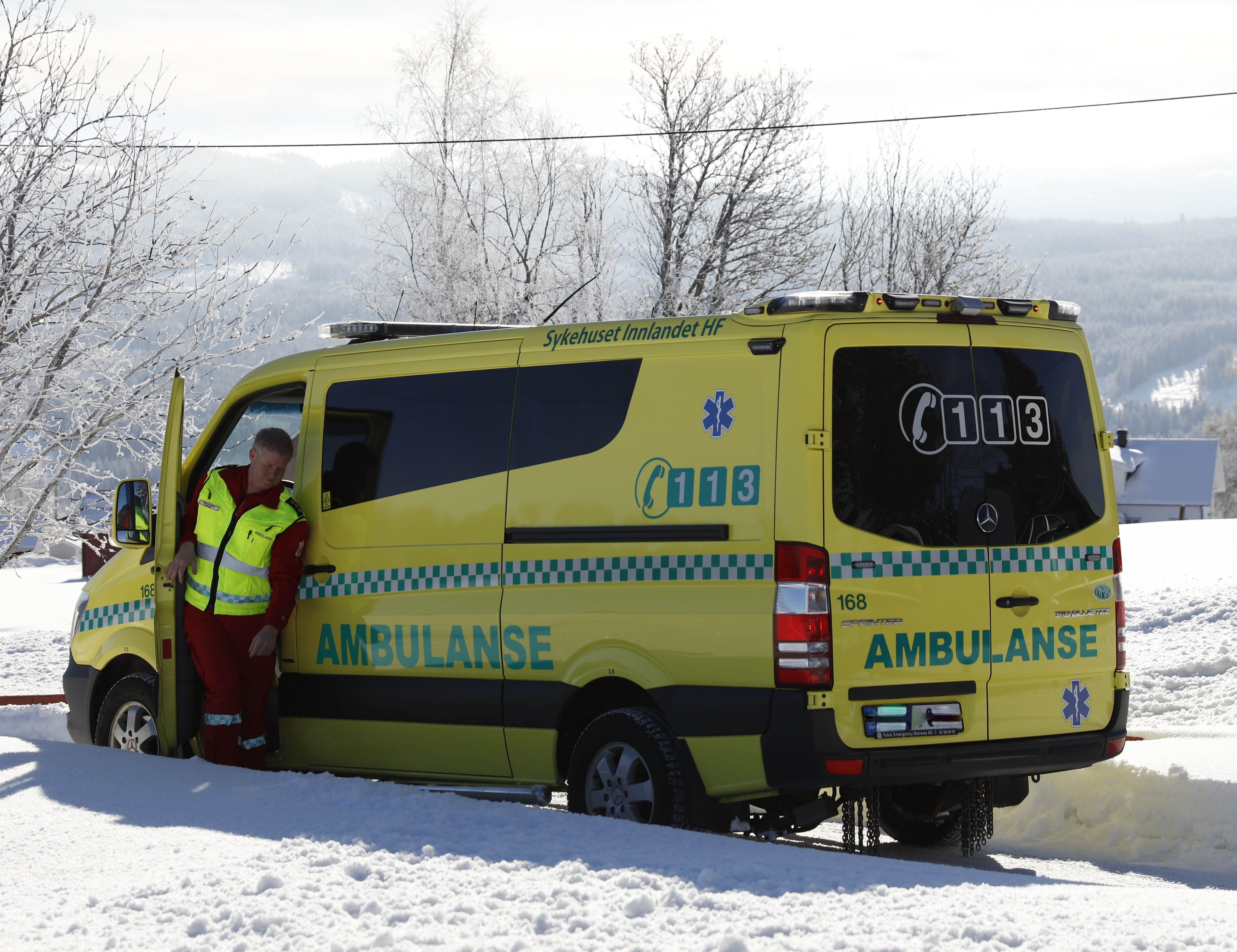
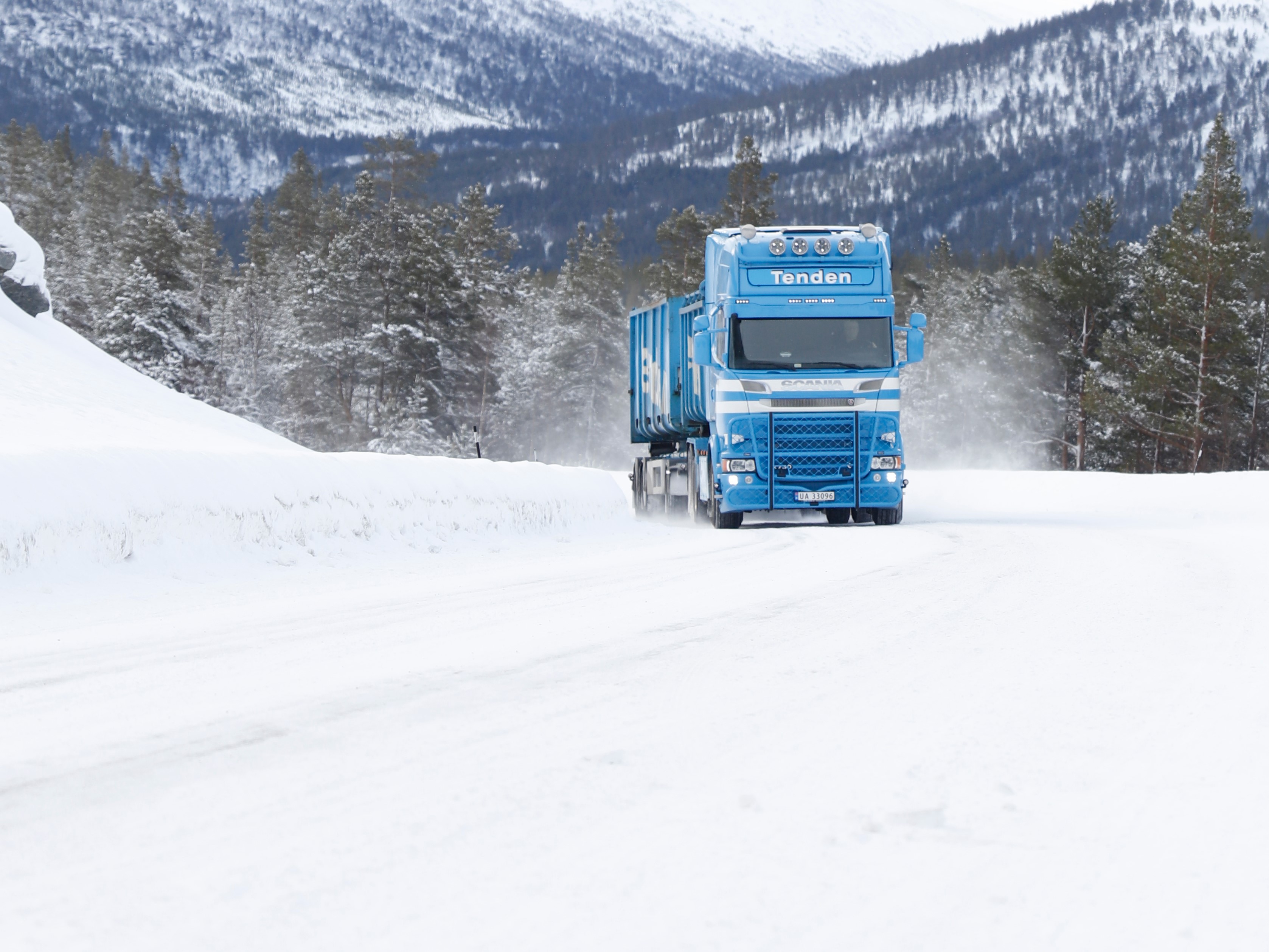
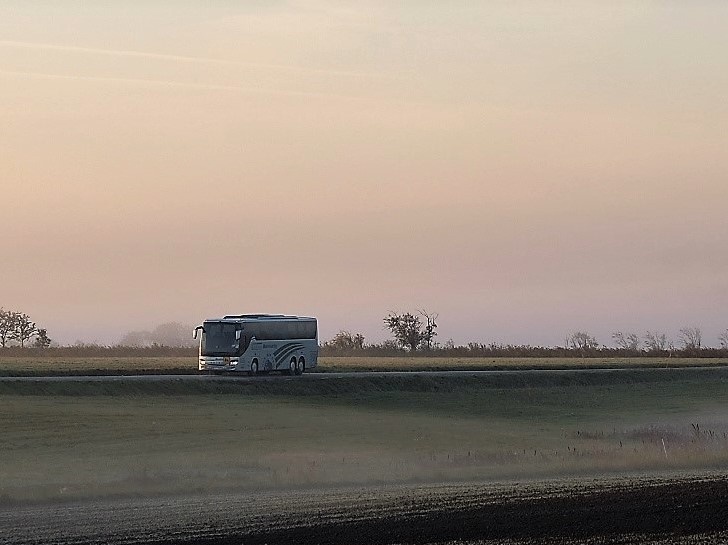
.jpg)
